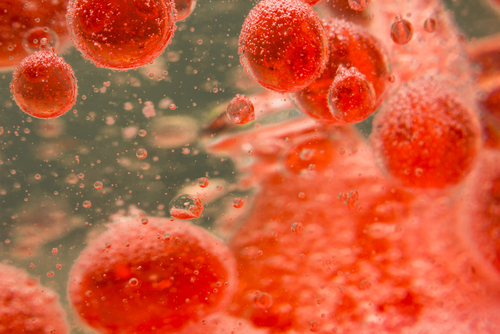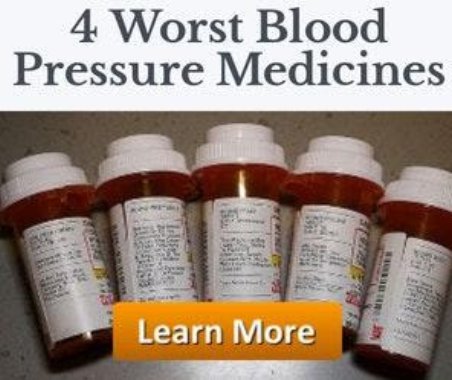You know blood clots are dangerous and that you definitely don’t want one…
But how do they form?
And who is most at risk?
Put simply, blood is liquid, and when it thickens, it clots. While clotting is necessary to stop cuts and wounds from bleeding, internal clotting is very dangerous, even deadly.
There are a few different types of clots, but one of the most common and deadliest is Deep Vein Thrombosis (DVT). DVT is a clot that forms in the deep vessels of the lower extremities. If it dislodges and travels to the lungs, it can lead to a pulmonary embolism, impairing blood flow and oxygen to the lungs resulting in stroke and, if not treated in time, death.
Symptoms of blood clots include redness, pain, swelling and heaviness in the affected area. If you are at risk and have experienced any of these symptoms, seek medical treatment immediately.
Who is at Risk?
There are several risk factors that can result in the formation of blood clots inside the blood vessels:
Pregnancy
During pregnancy, a woman has extra estrogen circulating throughout her body and this may contribute to an increase in the amount of clotting factors. Additionally, pregnancy increases the pressure in the pelvic and leg veins. Also important to mention is that the risk of developing blood clots can continue for up to six weeks after giving birth, so it’s important to move your body both during and after the baby is born. Walking, prenatal yoga and other gentle exercises are a great way to decrease the risk of developing blood clots.
Prolonged Immobility
Spending long periods of time not moving your body puts a person at risk. Whether it’s traveling on a plane, driving or riding in a car, or spending long periods of time in front of a computer, it’s vitally important to get up and move around every 30 or 40 minutes to keep your venous blood flowing.
An Irregular Heartbeat
Many people are unaware they have an irregular heartbeat (atrial fibrillation) as there are generally no symptoms and it goes completely undetected. But having one can increase your risk for developing blood clots. Because an irregular heartbeat hinders blood from being thoroughly pumped into the ventricles, blood can begin to pool in the upper chamber, leading to potential clots and stroke.
Surgery
Major surgery, particularly of the legs of lower abdomen, increases the risk of DVT because it renders the patient temporarily immobile.
Smoking
Cigarettes contain many harmful chemicals, and some of these may cause blood vessel damage, which can lead to an increased risk of DVT.
Obesity
Due to decreased mobility and poor circulation, obesity puts you at a higher risk for developing blood clots.
Age
While DVT can occur at any age, the older you are, the more at risk you are. About 1 in every 1,000 people will develop DVT each year, and people over the age of 60 face the most risk.
Cancer
Several types of cancer can increase a patient’s risk of developing blood clots. With these cancers, there is an increased production of platelets and other clotting factors. And, when cancer patients undergo chemotherapy as treatment, the cancer cells that are killed release substances that may cause coagulation of blood inside the vessels. And, some chemotherapy drugs themselves may cause more clotting than others. On top of this, many patients will need to be inactive during treatment, which also puts them at a higher risk.
5 Natural Ways of Decreasing Your Risk of Blood Clots
Now that you know who’s most at risk of developing blood clots, let’s talk about some natural ways you can decrease that risk.
1. Frequent Exercise
As we’ve read, one of the risk factors in developing blood clots is obesity. It’s important that you exercise every day for at least 30 minutes. Doing so will significantly reduce your risk, provided you also eat a healthy and balanced diet consisting mostly of plant-based and whole foods.
2. Quit Smoking
Not only do smokers have difficulty exercising, causing them to be inactive, but smoking damages the inner lining of the blood vessels. If you or a loved one are a smoker, now is definitely the time to quit.
3. Eat Foods Rich in Omega 3 Fatty Acids and Vitamin E
Besides being great for fighting inflammation, Omega 3 and vitamin E contain components that have blood thinning properties that reduce a person’s risk of forming clots. Excellent sources of Omega 3s are cold water fish such as tuna, salmon and mackerel. Foods high in vitamin E are avocado, sweet potato, and almonds.
4. Limit Alcohol Consumption
Too much alcohol increases the risk of forming blood clots. However, limiting consumption to one drink a day, preferably a glass of red wine, reduces your risk.
5. Stay Hydrated
Water is one of the biggest components of our blood, so it is important that you drink plenty of fresh, clean water every day. This will keep your blood thin and allow it to flow smoothly and freely.
As you’ve just read, the risk of forming blood clots is greatly reduced by adopting a healthy lifestyle. This involves eating a diet consisting of plants and other whole foods, exercising, and refraining from smoking or consuming too much alcohol.
Another thing you can do to support healthy blood flow is consider supplementation.
Try a combination of Cardio Relax AO™ and Heartzest™. Cardio Relax AO offers a powerful blend of 10 different antioxidants that neutralize the damage of free radicals and promote healthy blood flow. And Heartzest will keep your arteries clear and your blood pressure down. It’s as simple as that.
Find out how you can make an impact on the health of your blood vessels in just seconds.
 Validating...
Validating... 






8 Comments